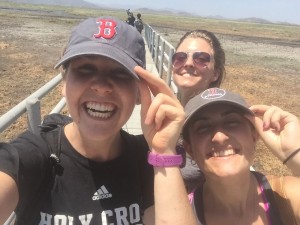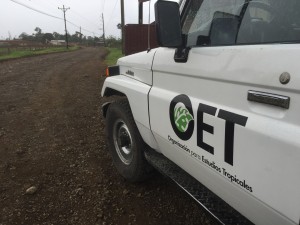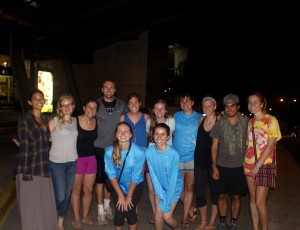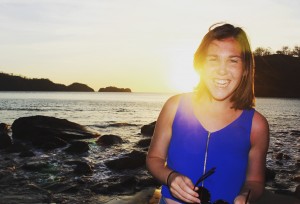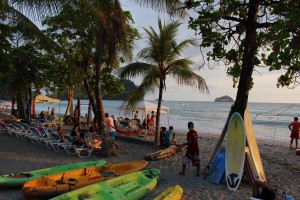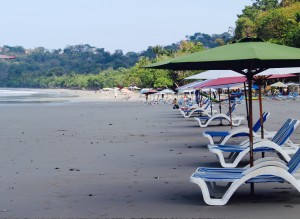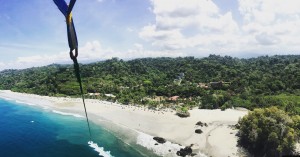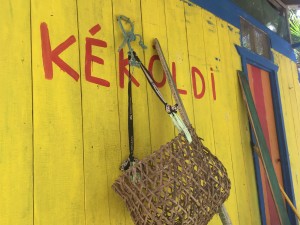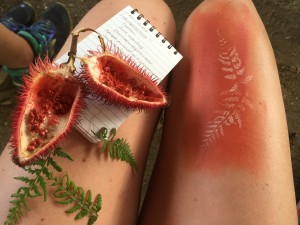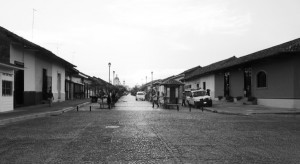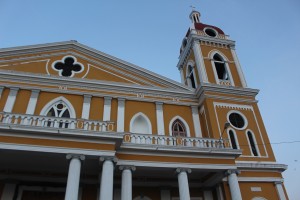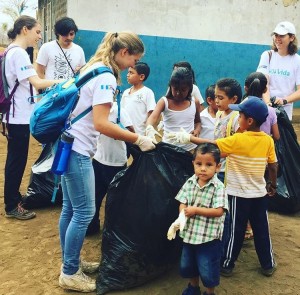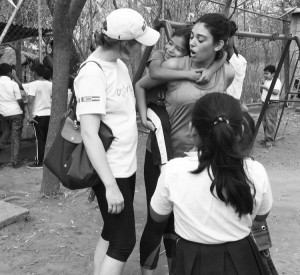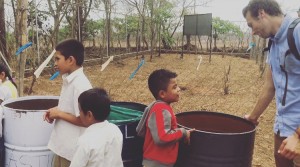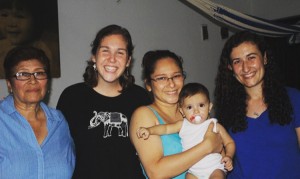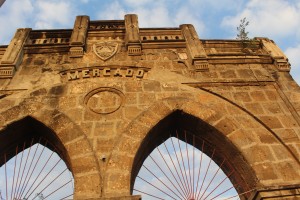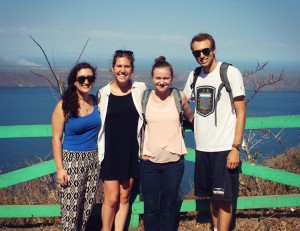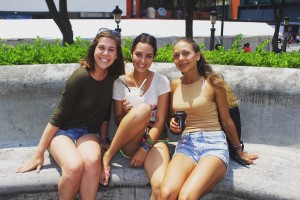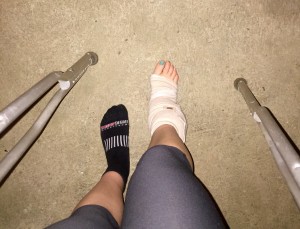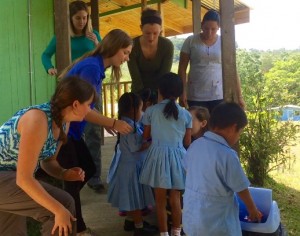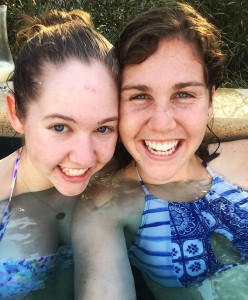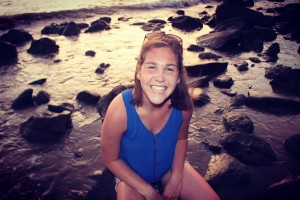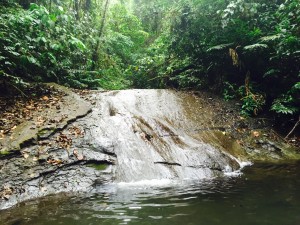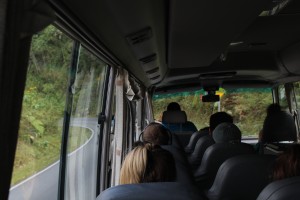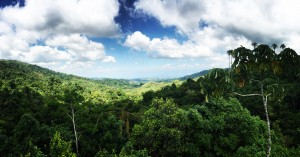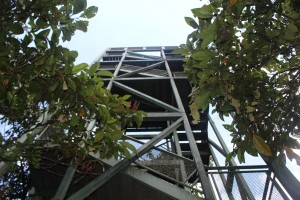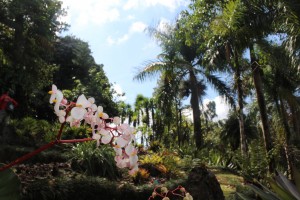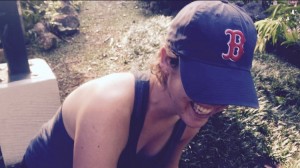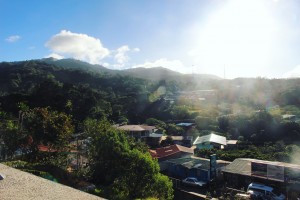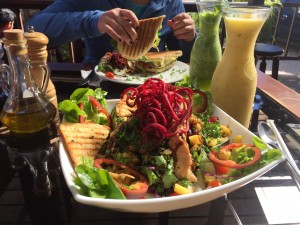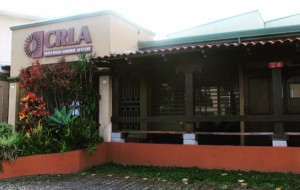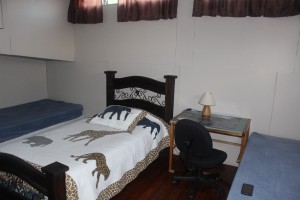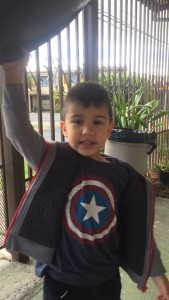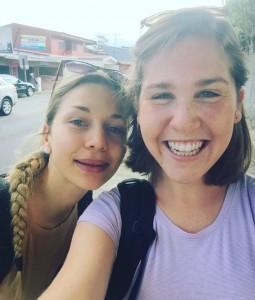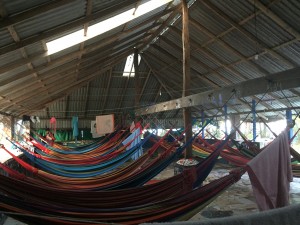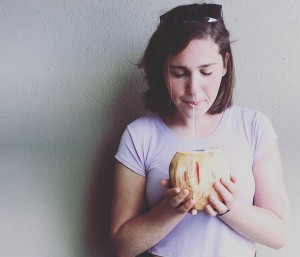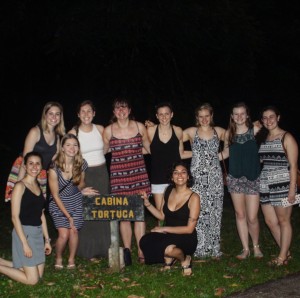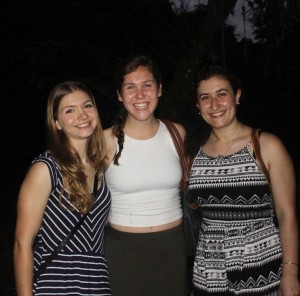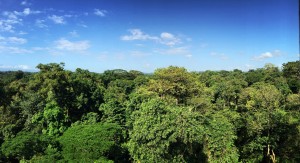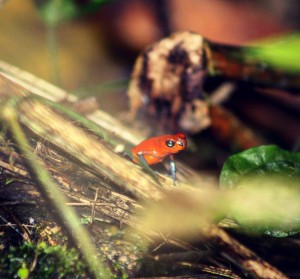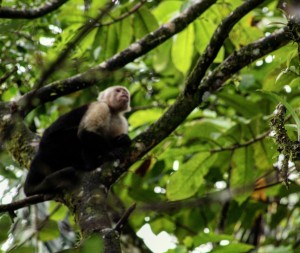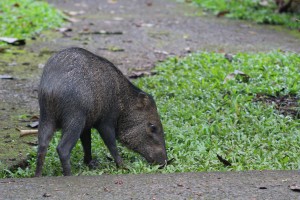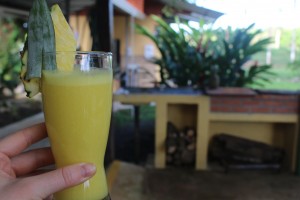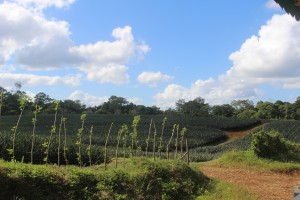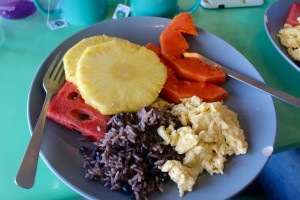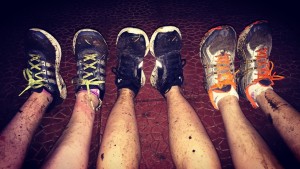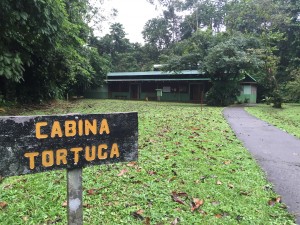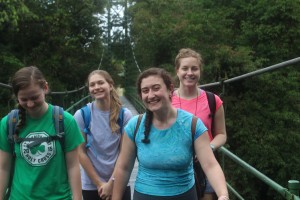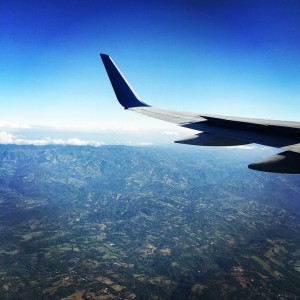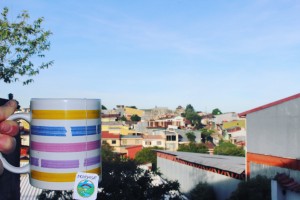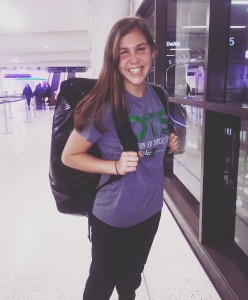Time flies when you’re having fun…or doing research
Two weeks ago, we began our our much-anticipated independent research projects at La Selva Biological Station. Fast forward what seems like one really long day with a whole bunch of work and little sleep and we are here: 30-page research papers complete, field pants packed away, and just one dinner away from leaving Costa Rica.
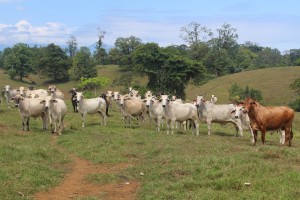 It’s so surreal to be sitting here at the end of this journey—writing a blog about what turned out to be an extremely rewarding, challenging, and memorable last few weeks of ~pura vida~ life. I knew that I was going to love conducting research on the presence of antibiotic resistant bacteria on cattle farms in Sarapiquí (I mean who wouldn’t? It involved collecting cow poop!), but I had not taken into consideration the impact such research would have on my own personal development or the surrounding community. I did not think it would be the highlight of my Costa Rican semester.
It’s so surreal to be sitting here at the end of this journey—writing a blog about what turned out to be an extremely rewarding, challenging, and memorable last few weeks of ~pura vida~ life. I knew that I was going to love conducting research on the presence of antibiotic resistant bacteria on cattle farms in Sarapiquí (I mean who wouldn’t? It involved collecting cow poop!), but I had not taken into consideration the impact such research would have on my own personal development or the surrounding community. I did not think it would be the highlight of my Costa Rican semester.
To break it down for you, three classmates and I decided to (1) see if there was antibiotic resistance present on cattle farms in fecal and water samples and (2) assess the level of knowledge that local cattle farmers possess regarding antibiotic use. We felt it was important to conduct this research as the 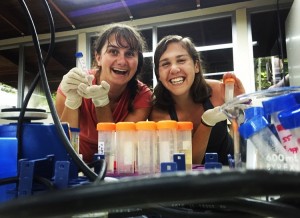 emergence of antibiotic-resistant bacteria worldwide currently poses a serious public health risk. After 8 days of interviewing farmers, collecting data, and analyzing samples in the laboratory, we presented our findings to the community of workers and researchers at La Selva, and to members of the greater Puerto Viejo community. We discovered a high prevalence of antibiotic resistant bacteria among the farms visited as well as a trend that links low knowledge
emergence of antibiotic-resistant bacteria worldwide currently poses a serious public health risk. After 8 days of interviewing farmers, collecting data, and analyzing samples in the laboratory, we presented our findings to the community of workers and researchers at La Selva, and to members of the greater Puerto Viejo community. We discovered a high prevalence of antibiotic resistant bacteria among the farms visited as well as a trend that links low knowledge 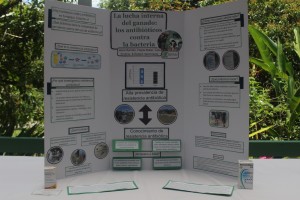 of antibiotic use to the presence of antibiotic resistance. Based on these results, we decided to focus on educational outreach. And, through informational pamphlets and
of antibiotic use to the presence of antibiotic resistance. Based on these results, we decided to focus on educational outreach. And, through informational pamphlets and
conversations with each farmer, we were able to achieve our most important objective: to reach and educate a population that may not have otherwise known about the current misuse and overuse of antibiotics in the agricultural sector in Costa Rica and worldwide.
I am beyond grateful for the opportunity to have been involved in meaningful community research and to have gained invaluable laboratory skills that I can use this summer and in my future medical career. There is no doubt that when I look back at my time in Costa Rica I’ll think of cow poop, long days in the lab, and hours spent talking with friendly cattle farmers.
A las mil maravillas
En actualidad, pasé a las mil maravillas en Costa Rica (a very Tico way to say, “I had an incredible time this semester”). These past three and a half months in the rainforest have been some of the most fun and challenging of my life. There’s no guide on how to survive in the jungle for 16 weeks with the same 12 people, extreme weather conditions, no AC, poisonous snakes, the ever-present bullet ants, and demanding tropical disease coursework…but hey, we did a pretty good job if you ask me!
At the end of this experience, I’ve got some tan (burn) lines, mosquito bite scars, a swollen right ankle, a pair of muddied up boots, and 12 new friends to remind me of how unbelievably unique (and dangerous) this abroad semester really was. I honestly, wouldn’t want it any other way.
Finalmente
On that note, the sun has officially set on my wonderful year abroad. Thank you to Argentina, Costa Rica, and all the people who made this year unforgettable…Nunca olvidaré. That, of course, includes all of you who followed my blog! I hope I was able to provide you with some laughs (at my expense) and a variety of adventures to add to your bucket list.
Caio. Besos. Pura vida. USA, I’m on my way.
Haylie 🙂
This semester I learned…
1.) that it’s possible for me to reach a point where I can no longer consume rice & beans for every meal.
2.) that Ticos (Costa Ricans) are the nicest, warmest, and most welcoming people I have ever met.
3.) that howler monkeys don’t care if you are sound asleep at 4am in the morning. They will begin howling and screeching at the crack of dawn even if you implore them not to.
4.) that hammock chairs serve as a great location for naps or full 8 hour “sleeps”…don’t worry I brought two home with me and one will be available for lounging in Figge Hall next year!

